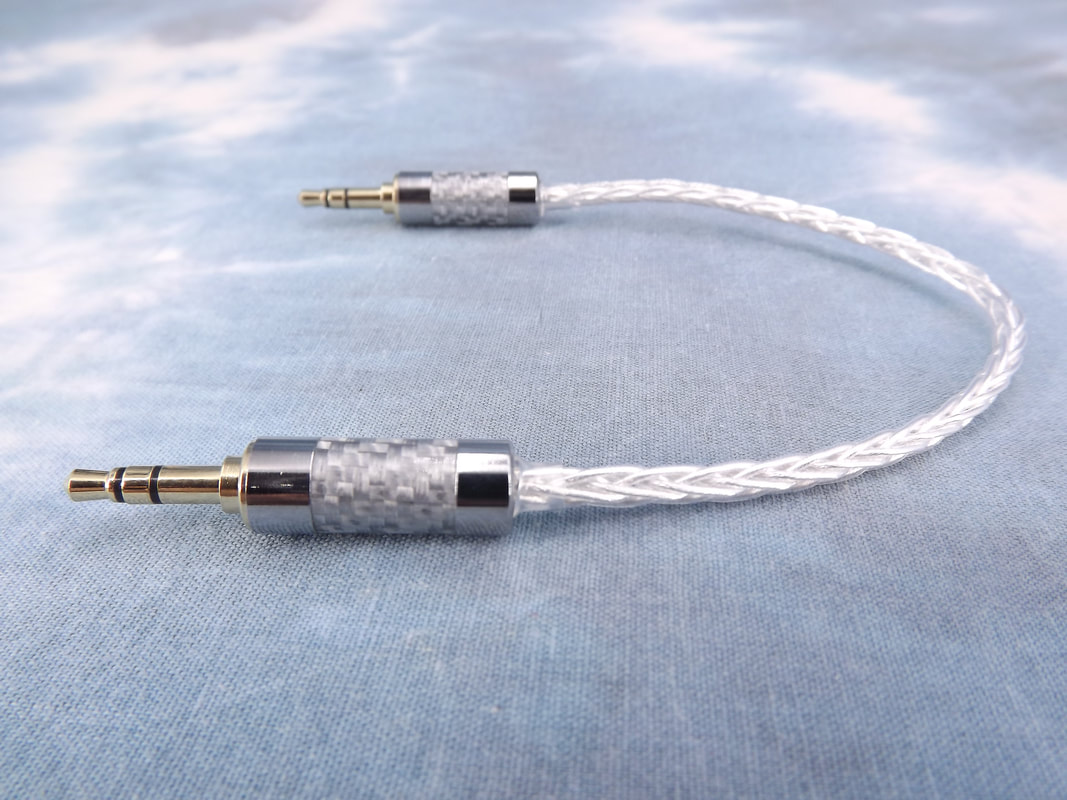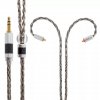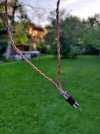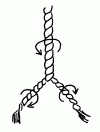Waxx
Major Contributor
I need to make some new interconnects for my systems, and thought why not make them look fancy "snake oil" like in stead of just plain boring. Not that i don't believe that a simple well build rca cable can do the job right, it's just why not doing something different just for fun.
So i studied what kind of cables that exist, and found that some say braided cable is better to filter out noise. I doubt that it is an real issue or needed, but those cables look nice.
So my question is, are there disadvantages on doing it braided like in this picture. And if yes, give me the science please why i should not do that. I know it's more complicated and a bit more expensive to do, but that is not an issue for this.

Off course they won't sound better than my actual ones, but they look better and i make them myself, so no snake oil prices...
The id is still rough, so no specifics on the cables and the connectors yet. But it will be cheap decent stuff that i use. It's just about the system
So i studied what kind of cables that exist, and found that some say braided cable is better to filter out noise. I doubt that it is an real issue or needed, but those cables look nice.
So my question is, are there disadvantages on doing it braided like in this picture. And if yes, give me the science please why i should not do that. I know it's more complicated and a bit more expensive to do, but that is not an issue for this.

Off course they won't sound better than my actual ones, but they look better and i make them myself, so no snake oil prices...
The id is still rough, so no specifics on the cables and the connectors yet. But it will be cheap decent stuff that i use. It's just about the system






